HEARING AIDS
Do You Really Need Two Hearing Aids?
By Team Hearzap | Sept. 18, 2024
Should I wear hearing aids in both ears? Hearing aids are very useful for people with hearing loss. They not only amplify the sound but also have many useful features that are essential for quality hearing. The technical term for listening with both ears is binaural listening. If you’re having hearing issues in two ears, it’s always better to use two hearing aids. Let us look at why people benefit from using two hearing aids.
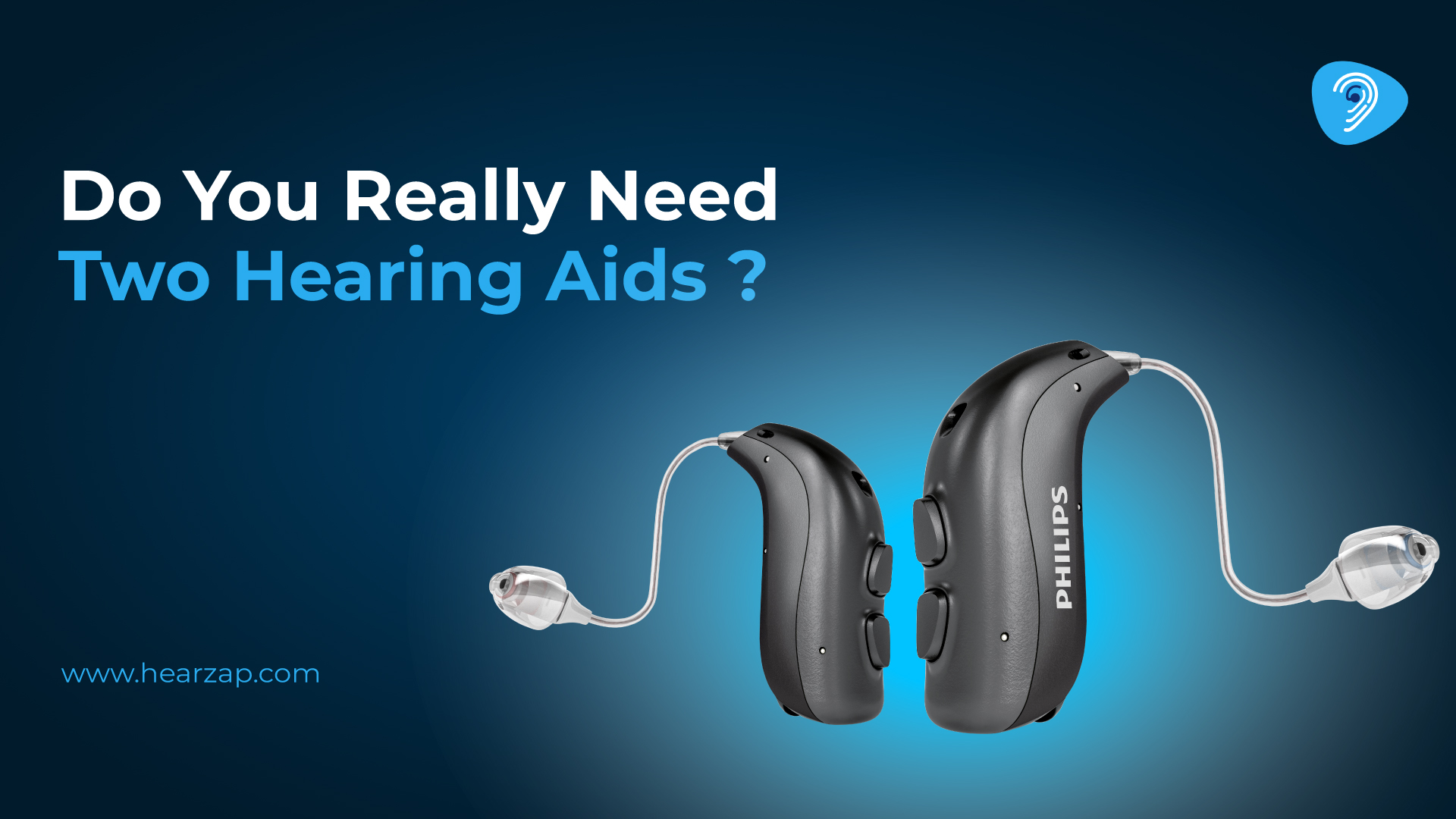
Uses of Two hearing aids
Provides Better Sound Quality
The sound clarity of two hearing aids is often better than that of one. You can get better sound quality and volume if you wear hearing aids in both ears. Being able to hear with both ears (binaural hearing) makes the sound more normal because your brain gets a fuller and more detailed signal from both sides. Listening to music, watching TV, and having conversations can all be more fun with better sound clarity
Boosts Brain Function
Using two hearing aids can greatly improve brain function by helping the brain process sounds more efficiently. When both ears are receiving sound, the brain doesn’t have to work as hard to fill in the gaps, which reduces mental stress. This balanced hearing allows the brain to better localize where sounds are coming from, making it easier to understand speech, especially in noisy environments. By stimulating both sides of the brain with sound, it also helps keep cognitive functions sharper.
Helps In Localisation of Sounds
Wearing two hearing aids helps you find the direction of sounds. With hearing aids in both ears, you can better tell the direction and distance of sounds, which is important for staying safe and aware of your surroundings. This ability makes it easier to avoid dangers and connect with people around you, helping you feel more in control and confident in everyday situations.
Better Ability To Understand
Wearing two hearing aids increases your ability to understand speech by improving sound clarity. Each hearing aid picks up sounds from different sides, which helps in creating a fuller and more detailed sound. This is particularly helpful in situations like group conversations or noisy environments. By working together, two hearing aids provide a clear sound experience, making it easier to follow conversations and pick up on subtle sound details.
Promotes Even Hearing
Balanced hearing means using two hearing aids to hear more naturally. When you use two hearing aids, each ear receives sound, which helps both ears work together. This balance is crucial for understanding speech clearly. If you only use one hearing aid while experiencing hearing loss in both ears, you may struggle to hear and comprehend sounds fully. With two hearing aids, sound is evenly distributed between both ears, making it easier to detect and understand conversations and ambient noises. \
Lower Volume Needs
Wearing two hearing aids allows you to keep the volume at a comfortable level while still hearing clearly. When you use just one hearing aid, you often have to increase the volume significantly to hear well, which can make sounds come across as too loud and uncomfortable. This high volume can also contribute to further hearing damage over time. This not only enhances your listening experience but also helps protect your hearing health by avoiding excessive volume levels.
Separate Voices from Noise
With two hearing aids equipped with directional microphones, you can effectively block out background noise and concentrate on the person speaking. This technology allows you to focus on conversations by distinguishing the voices you want to hear from the surrounding noise. In contrast, using just one hearing aid makes it challenging to separate the important sounds from the background noise, which can make understanding speech more difficult.
Mask Tinnitus
If you experience ringing in the ears, using two hearing aids can offer better relief. Two hearing aids provide more comprehensive coverage and can help mask the ringing sound more effectively. With only one hearing aid, the tinnitus may still be noticeable in the ear on which hearing aid is not used. By using two hearing aids, you can achieve more balanced sound coverage and reduce the impact of tinnitus.
Preserves Hearing Ability
If you have hearing loss in both ears and only use one hearing aid, the ear that isn't being helped may not get enough sound. This means that over time, the ear on which you’re not using a hearing aid may become less sensitive. This could make it harder to use a hearing aid properly in the future. By using two hearing aids, you help keep both ears active and working, which stops the bad effects of not being able to hear.
Improved Sound Experience
Wearing two hearing aids provides a more complete and improved hearing experience. You’ll notice better sound quality, clearer speech, and the ability to tell where sounds are coming from more easily. Many people with hearing loss in both ears find that using two hearing aids is much more effective and natural than just one, making daily conversations and sounds more enjoyable.
Related Blogs
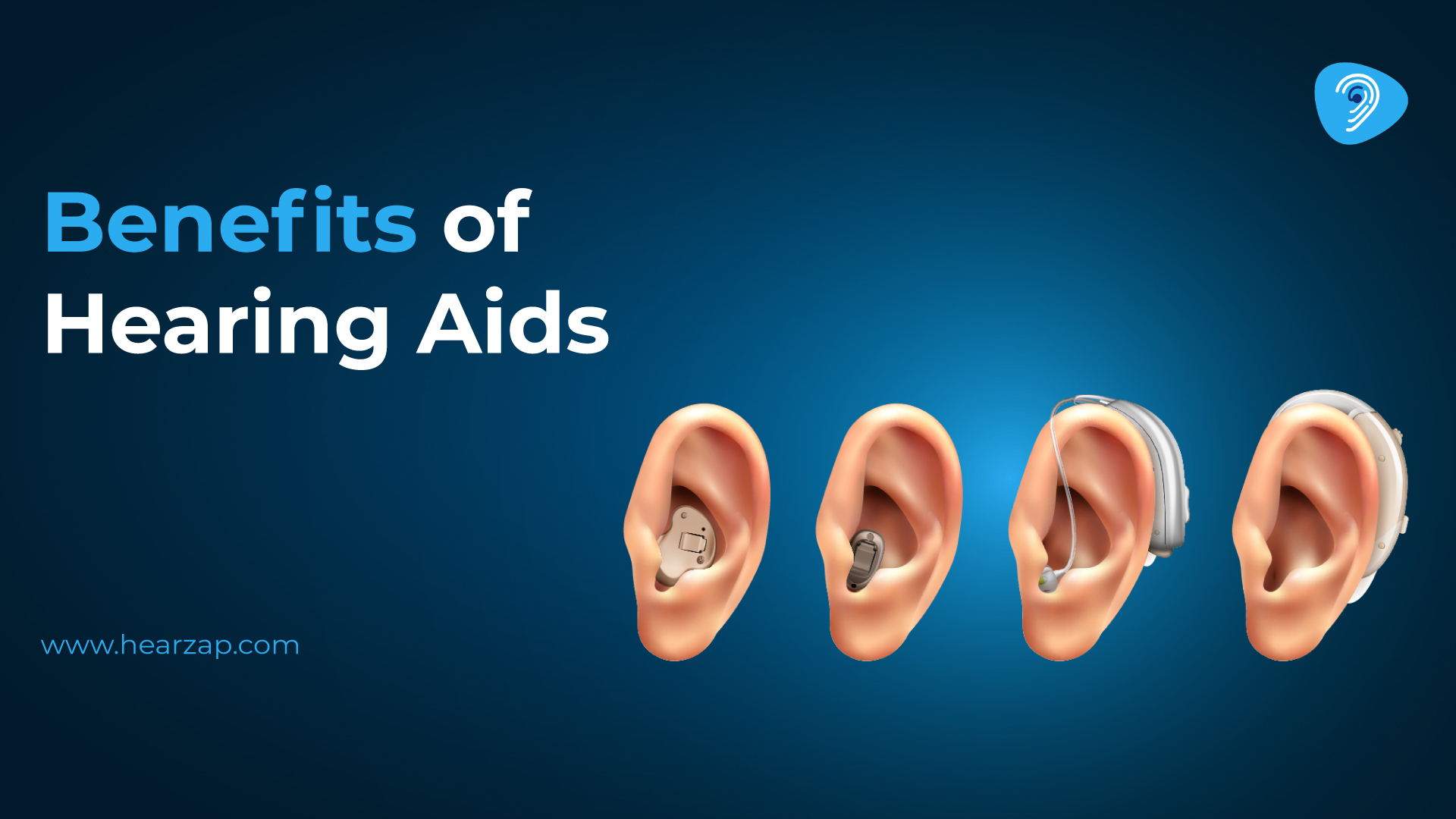
Benefits of Hearing Aids
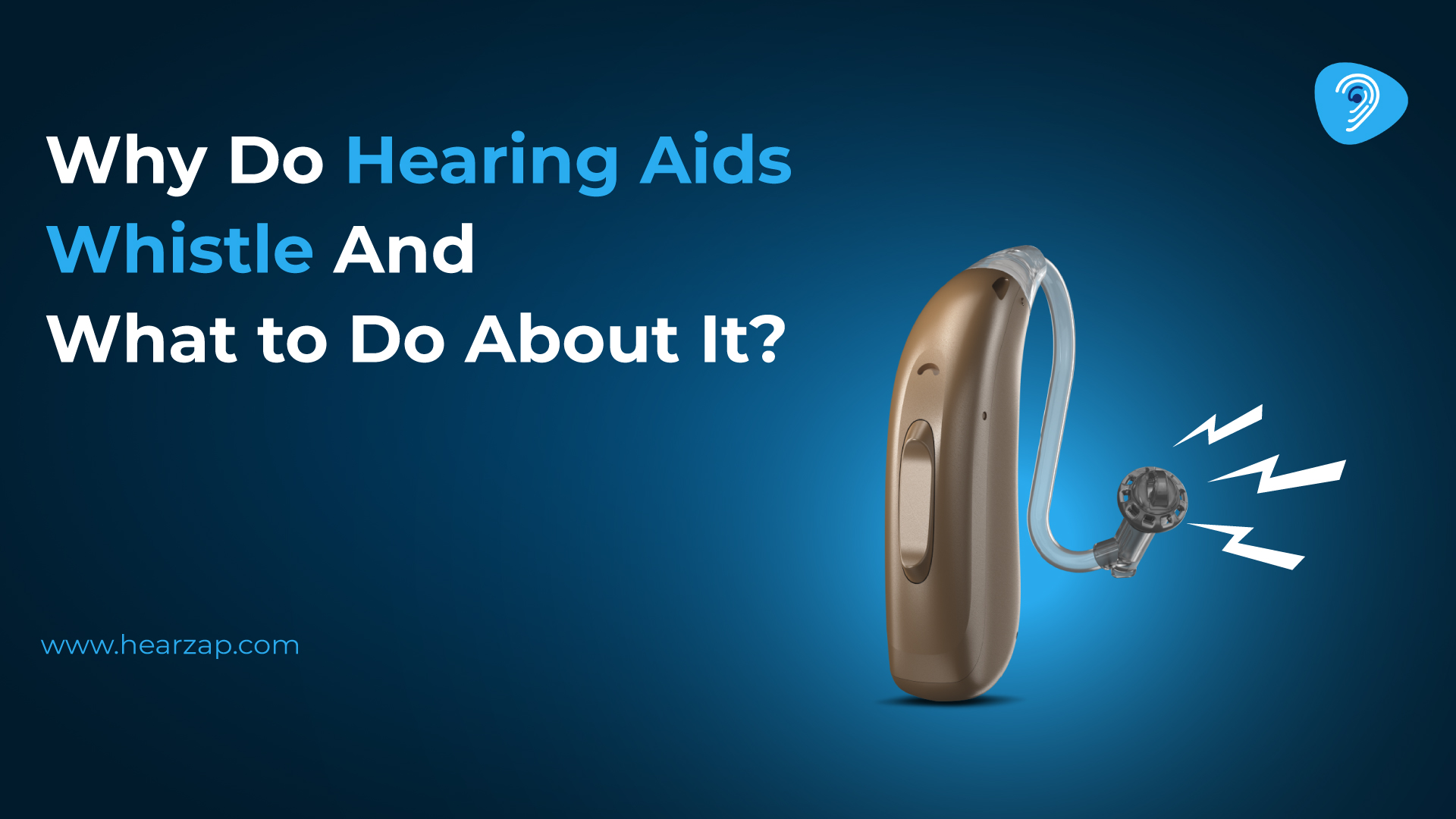
Why Do Hearing Aids Whistle? Causes & Solutions

Reasons Why Hearing Aid Batteries Drain Quickly

Reasons to Choose Philips Hearing Aids

RIC vs. BTE Hearing Aids: Which is Right for You?

Tips for Buying Hearing Aids
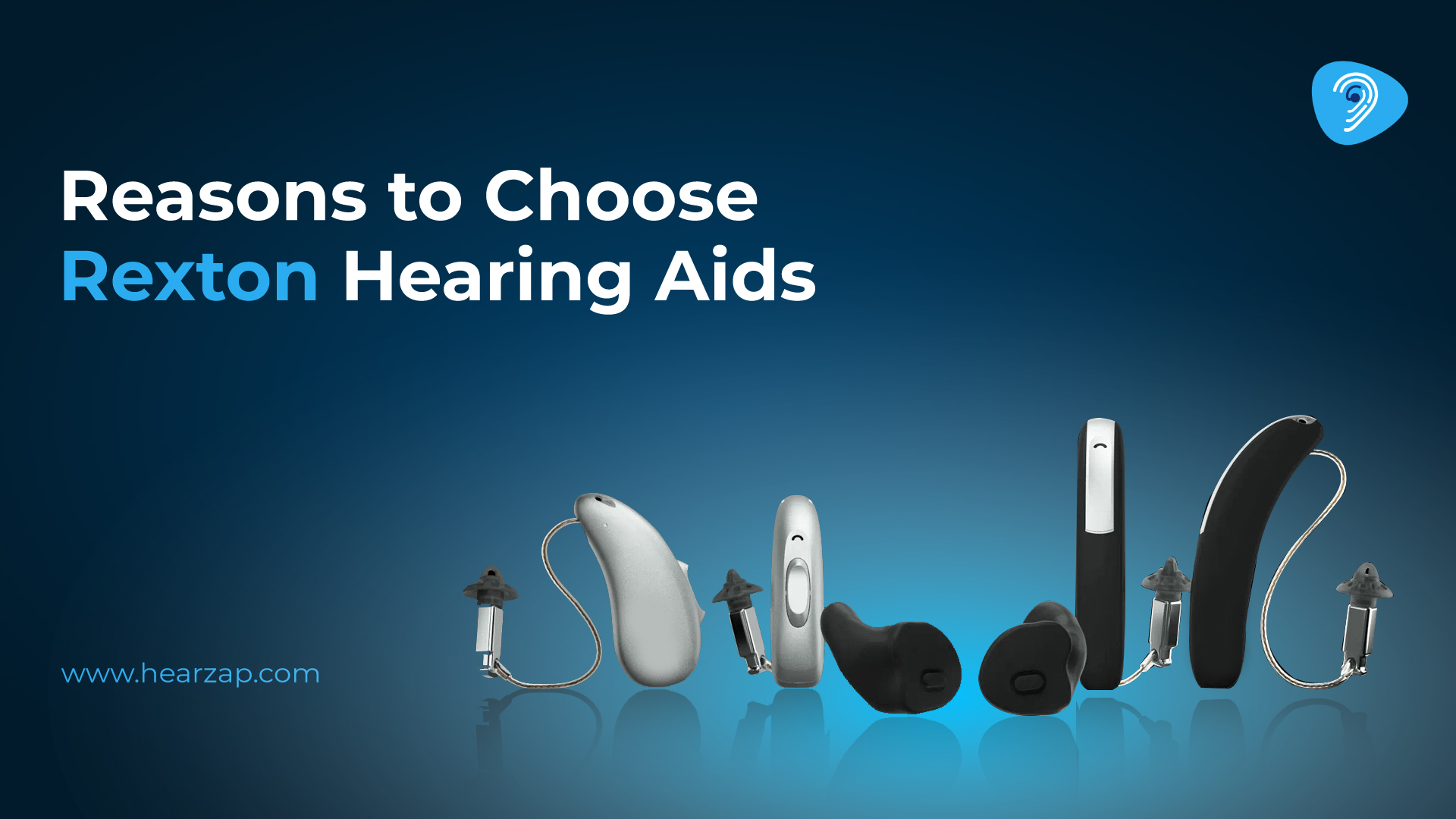
Reasons to Choose Rexton Hearing Aids
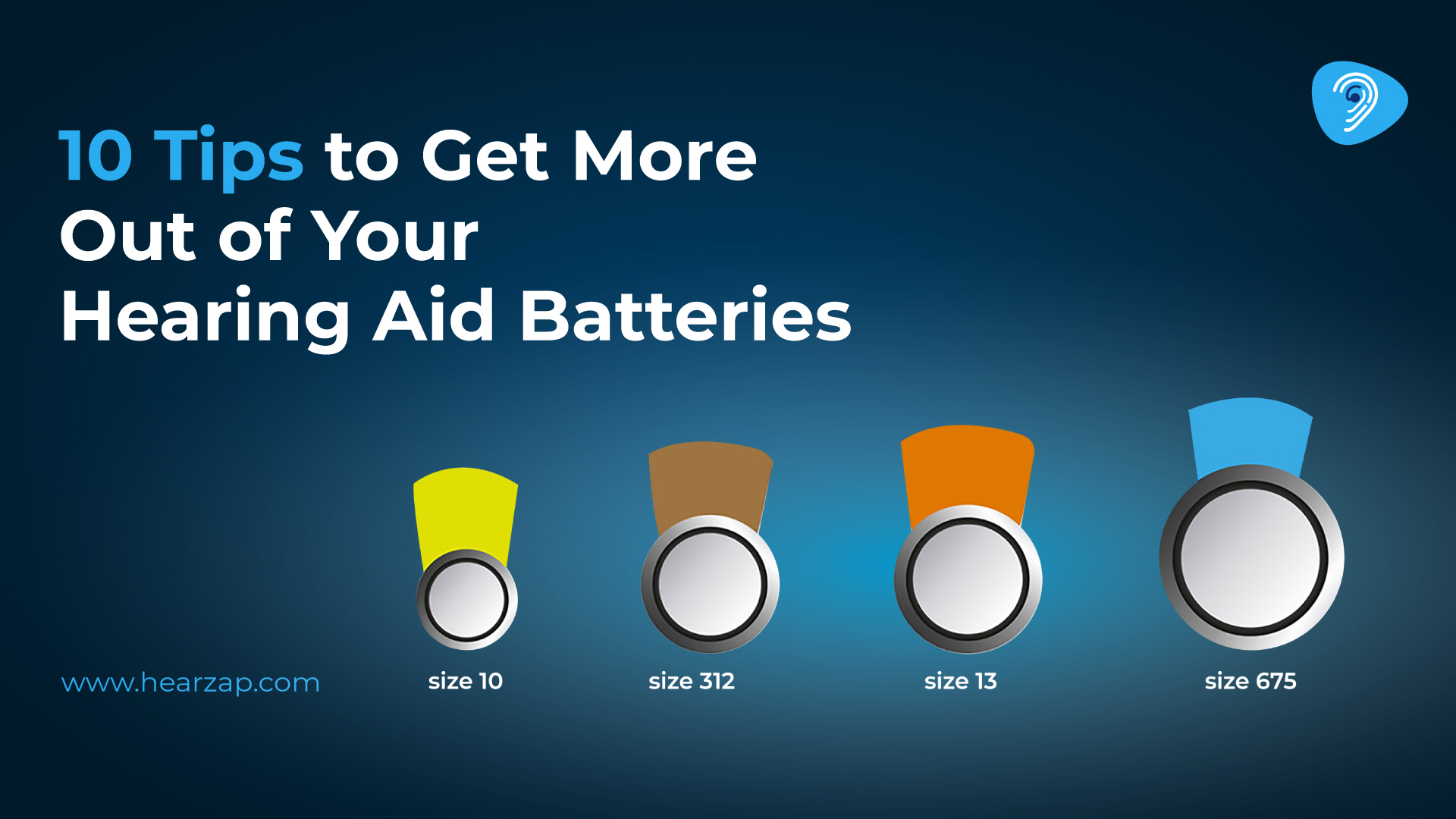
10 Tips to Optimize Hearing Aid Battery Life
Contact us
We are here for all your hearing needs, from hearing tests to hearing aids. Fill out the form below, and we will give you a call soon.
Please enter a valid mobile number with 10 digits.
Recent Blogs
By Team Hearzap | April 23, 2025
By Team Hearzap | April 23, 2025
By Team Hearzap | April 22, 2025
By Team Hearzap | April 22, 2025
By Team Hearzap | April 22, 2025
Newsletter Subscription
Subscriber to one-stop hearing care newsletter.









